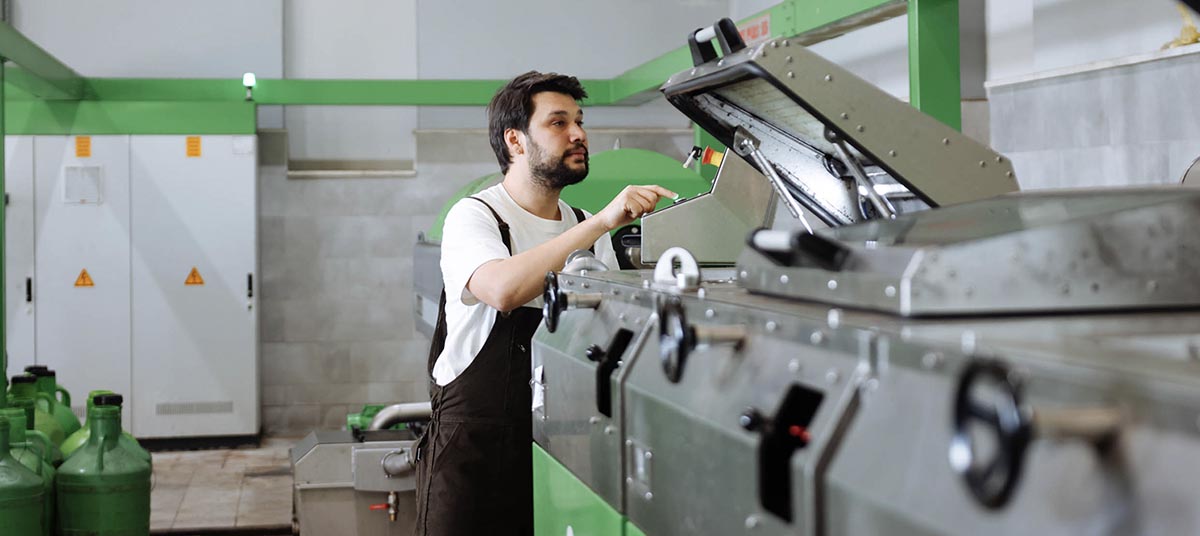Maximize Business Savings: The Power of 100% Bonus Depreciation and Expensing Qualified Production Property


The resurgence of 100% bonus depreciation marks a pivotal shift in U.S. tax policy aimed at invigorating business investment and fostering economic growth. Codified under the "One Big Beautiful Bill Act" (OBBBA), this renewal not only permanently reinstates favorable depreciation rates but also broadens the scope with provisions for the immediate expensing of qualified production property. This article delves into the historical evolution, tax advantages, qualifications, and strategic implications of these legislative changes, providing crucial insights for businesses looking to capitalize on these opportunities.
-
Historical Perspective: Economic Stimulus Origins - Initially enacted through the Job Creation and Worker Assistance Act of 2002, bonus depreciation served as a tool to accelerate economic recovery by allowing immediate deductions on qualifying assets. Starting with a 30% deduction, this approached 50% and eventually 100% during specific fiscal contractions. The 2017 Tax Cuts and Jobs Act (TCJA) cemented its importance by offering a full first-year deduction for eligible property, facilitating major business investments. However, the phase-out clause of the TCJA signaled an uncertain future until the OBBBA made such incentives permanent
 .
. -
Advantages of Bonus Depreciation - Through 100% bonus depreciation, businesses can significantly reduce tax liabilities by deducting asset costs upon placement into service. This immediate write-off enhances cash flow and encourages modernization and expansion. However, it demands careful coordination with Section 199A considerations, as large deductions may impact qualified business income deductions, influencing overall tax strategy.
-
Eligibility for Bonus Depreciation - Eligible assets include tangible properties with a recovery period of 20 years or less, alongside specified software and utility properties. Notably, real estate remains excluded. The TCJA broadened eligibility to embrace both new and pre-owned assets, making it attractive even for smaller enterprises acquiring second-hand equipment. Strategizing investments to maximize tax benefits is essential, especially with the complexities surrounding dealer and public utility properties.
-
Revisions Addressing Improvement Property - Qualified improvement properties initially faced exclusion issues under the TCJA. These were rectified by the CARES Act to include property improvements like leasehold, restaurant, and retail modifications under more favorable recovery periods, further extending bonus depreciation's applicability.
-
Electing Out and AMT Considerations - Businesses can opt out of bonus depreciation by making timely elections, revocable with IRS approval. Significantly, bonus-depreciated properties are shielded from alternative minimum tax (AMT) discrepancies, harmonizing with standard depreciation methods.
-
Special Provisions for Business Vehicles - Luxury autos face specific depreciation caps, albeit temporarily increased by $8,000 when bonus depreciation is active under the TCJA. Coordination with Section 179 and related depreciation rules is crucial, particularly when handling related party transactions or potential recapture scenarios due to lowered business use.
-
Legislative Adjustments Overview - OBBBA's reinstatement extends the full deduction for qualifying assets beyond 2025, with transitional arrangements from 2025 to 2027, allowing for strategic long-term planning.
This legislation further enhances economic development by mirroring broad fiscal policies aimed at stimulating capital expenditure. -
Commitment to U.S. Manufacturing - Significantly, OBBBA expands provisions to cover "Qualified Production Property," mostly favoring U.S.-based manufacturing initiatives by offering 100% immediate expensing for new factories and specific structural improvements. Properties must meet certain criteria, including commencement and completion deadlines, to qualify.

-
Incentives for Production Machinery - While not all machinery qualifies as "Qualified Production Property," these still avail of the general 100% bonus depreciation provision, sustaining business competitiveness through technological upgrades.
-
Defined Qualified Production Activities - In essence, these activities encompass manufacturing and certain agrarian and chemical processes, demanding notable transformation of input materials into distinct final products. However, the legislation excludes on-premise consumables and certain other functions, further distinguishing eligible operations.
The enduring reinvigoration of bonus depreciation serves as a cornerstone for strategic business tax planning, facilitating direct investment incentives. While the framework attends to various legislative complexities, focusing on precise eligibility requirements and forward-looking investment strategies is prudent. The augmented expensing options for production infrastructure uniquely incentivize domestic manufacturing initiatives, offering attractive opportunities for both large and small enterprises.
Have queries on leveraging bonus depreciation for your business endeavors? Contact our Arizona-based firm for specialized, strategic tax guidance tailored to your needs.
Sign up for our newsletter.
Each month, we will send you a roundup of our latest blog content covering the tax and accounting tips & insights you need to know.
We care about the protection of your data.